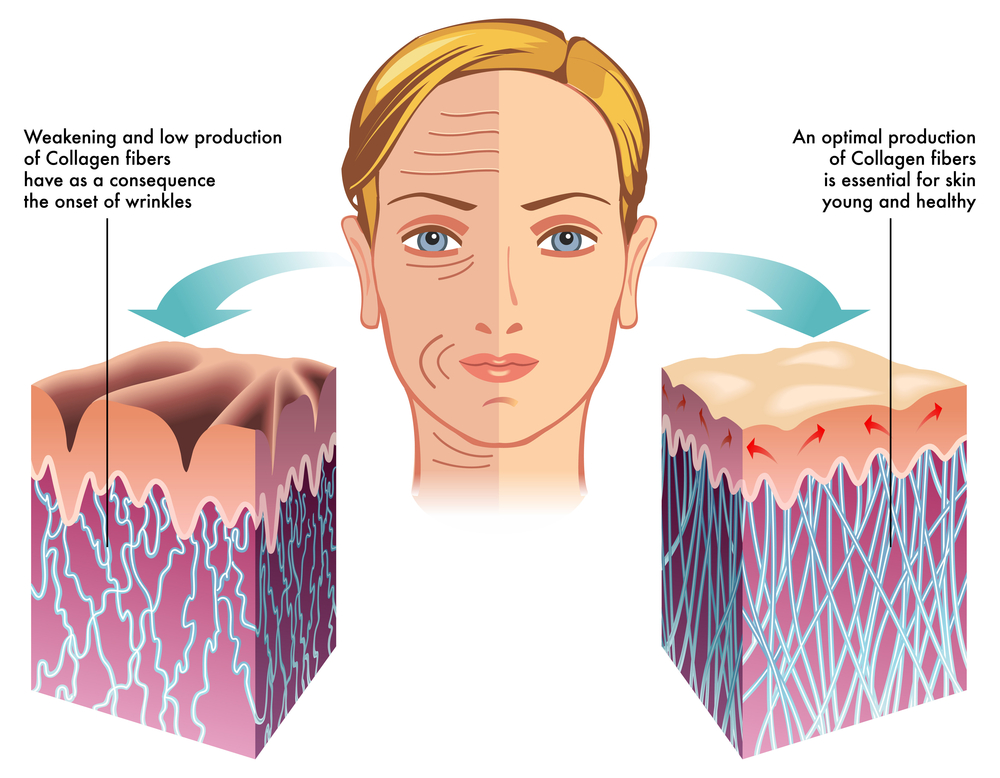Tailbone pain can be a nuisance. The tailbone is a bone at the end of the spine. It helps you stay steady while you are sitting, and supports your weight. It is also a connective place for multiple different tendons, ligaments, and muscles. The medical term for tailbone pain is coccydynia. Chronic coccydynia is when you have tailbone pain that lasts for longer than three months. This can happen when there is instability, soft tissue strain, or inflammation that is never healed correctly. This can lead to pain that lasts months to even years. Tailbone pain is common. Five times more common in women than men.
Symptoms
Coccydynia can feel like a dull pain or ache, or a sharp pain. Pain may worsen when you move from the standing position after sitting for any length of time. Pain may be present during a bowel movement, or during sex.
You may also experience swelling, numbness, tingling, weakness in legs, and bowel or bladder problems. Tailbone pain can also cause back pain, sciatica, sleep disorders, depression, and anxiety.
Causes
The main cause for tailbone pain is a fall. This can happen out of clumsiness falling down on your own, or while playing a sport. Falls can cause bruising, fractures, or dislocations of the tailbone. Another cause is repetitive strain injuries.
This is when too much repeated motion occurs on the tailbone. This is common for people who do rowing, or bicycling.
Pregnancy or childbirth can also cause tailbone pain. During the last trimester of pregnancy your body starts to produce and release a hormone that is to soften the area between the tailbone and sacrum. This can cause extra pull on the tendons and ligaments around the tailbone.
Carrying extra body weight can also cause you to have tailbone pain. On the other hand not carrying enough weight can also cause pain for not having enough cushion on your backside to help your body when it sits.
Prolonged sitting can lead to tailbone pain as well.
The main cause of tailbone pain that is not injury caused is cancer. Cancers such as prostate, chordoma, vertebral tumors, or colorectal cancer can all cause tailbone pain.
Diagnosis
When first getting diagnosed with tailbone pain. Your doctor will want to take your medical history. Hear about if you have had any falls or injuries that have just recently happened. After this, your doctor may order some tests. An X-ray or CT scan can be done to check for fractures in the tailbone. If your doctor suspects cancer they may order for you to undergo an MRI or a bone scan.
Treatment
Treatment depends on the severity and the discomfort your tailbone is causing you. Discomfort can be so bad that it is affecting your daily life or your quality of life. There are home remedy options, non surgical options, and surgical options to help treat tailbone pain.
Home remedies are usually where your doctor will want you to start with. This includes taking over the counter pain medications, NSAIDs, to help with pain and swelling. Sitting on a donut pillow or a gel cushion can help alleviate pain when you have to sit. Taking a hot bath can help ease muscles and pain. Apply hot or cold packs during the day. Only in about 20 minute intervals. Hot and cold can be beneficial and soothe in different ways. Stool softeners may also be suggested in case you are having difficulty having a bowel movement without pain. When sitting down with a tailbone injury it is important to make sure you are sitting to alleviate too much pressure directly on your tailbone. Sit upright, keep your back against the back of the chair, knees should be level with your hips, feet on the floor, and make sure your shoulders are relaxed.
If home remedies don’t seem to work your doctor may decide to move you onto some different non surgical options. This could include a coccygeal nerve block. This is an injection into the tailbone to help alleviate pain to the nerves around the tailbone. This usually can help with pain for a few months at a time. Pain does usually come back. Massage therapy may be helpful. Physical therapy can help you stretch muscles, improve postures, and strengthen the tendons, and ligaments around your tailbone. Physical therapy may also help you develop some pelvic floor relaxation techniques which can also help alleviate pain. Acupuncture can be a treatment option. Using a TENs machine, or a transcutaneous electrical nerve stimulation machine.
In very rare situations would surgery be a treatment option. A partial coccygectomy or removal of part of the coccyx is one surgical option. Or a total coccygectomy which is the removal of the entire coccyx. Doing these surgeries does not guarantee that your pain will not return. Which is why they are done rarely.
Takeaway
Tailbone pain is usually nothing to worry about. It becomes concerning if you have tailbone pain that doesn’t go away, if you have additional pain in your lower back or hips, or if you have a fever 103 degrees Fahrenheit or higher.
Tailbone pain is five times more likely to occur in women! #HealthSurgeon
Sources:
https://my.clevelandclinic.org/health/diseases/10436-coccydynia-tailbone-pain
https://www.mayoclinic.org/diseases-conditions/back-pain/expert-answers/tailbone-pain/faq-20058211#:~:text=Tailbone%20pain%20is%20pain%20in,the%20coccyx%20during%20a%20fall.
https://www.webmd.com/cancer/tailbone-pain-coccydynia









